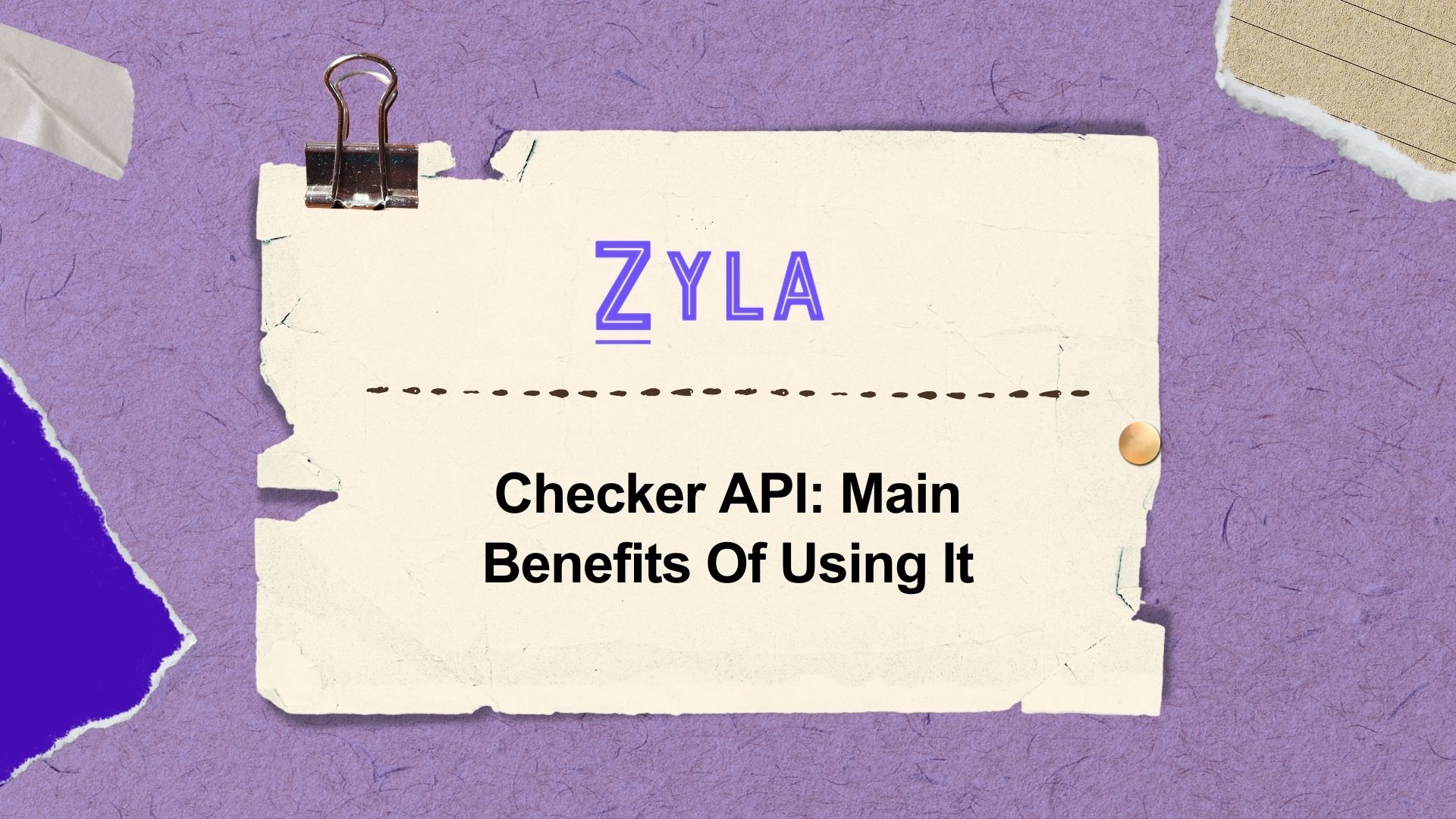Checker API: Main Benefits Of Using It

In the ever-evolving landscape of digital operations, businesses are constantly seeking innovative solutions to streamline processes, enhance security, and optimize resource allocation. Enter the Checker API – a dynamic tool designed to revolutionize verification processes and fortify security measures within organizational frameworks. Understanding the significance of this API entails delving into its multifaceted functionality and the myriad benefits it offers to businesses across industries.
Data verification is crucial to the development of apps because it ensures the reliability and correctness of the data that these applications process. Decision-making, user experience personalization, and maintaining the overall operation of the ecosystem all depend on accurate data, whether it comes from transactional data, user inputs, or system-generated information. Without robust data verification processes, apps face the risk of giving consumers false information, which might make them unhappy and undermine their trust.
Well-designed apps are built on a foundation of dependable data. It provides the framework for the generation of information, business judgment, and the distribution of value to users. Inaccurate data can lead to bad user experiences, misguided strategy, and inadequate analytics.
Understanding the Importance of Checker API
As businesses navigate an increasingly complex landscape marked by stringent regulatory requirements and escalating security threats, the need for robust verification mechanisms has never been more pressing. The Checker API emerges as a beacon of reliability, offering a comprehensive suite of features aimed at bolstering efficiency, accuracy, and security within organizational workflows.
The Checker API facilitates the automation of verification processes, eliminating the need for manual intervention and expediting the verification lifecycle. By leveraging advanced algorithms and machine learning capabilities, organizations can accelerate verification workflows without compromising accuracy or reliability.
Enhanced Security and Fraud Prevention
Organizations must continue to be alert in protecting their operations against potential dangers at a time of increasingly sophisticated cyber threats and fraudulent activity. With the use of sophisticated fraud detection algorithms and anomaly detection techniques, this solution enables organizations to identify and address fraud in real-time, strengthening their defense against dishonest people.
Effective risk mitigation measures, especially in industries where identity theft and impersonation assaults are common, revolve around identity verification. Organizations can protect sensitive data and assets by using the API's strong identity verification capabilities to authenticate users, confirm identities, and reduce the risk of fraudulent transactions or illegal access.
Zyla API Hub
Zyla was established due to the realization that developers face similar difficulties when integrating different APIs into their apps. They want to remove these obstacles by creating an API hub that offers a single account, API key, and SDK. In order to benefit developers by making the available APIs known and expediting the release of new ones, Zyla made the decision to make its center publicly accessible.
1) To start testing, choose the API from your dashboard. To access the API's own homepage, just click on its name. All of the API's documentation, endpoints, and usage guidelines are available on this page.
2) Activating an API subscription is the first step towards conducting tests. Take advantage of every single seven-day free trial that is provided. It's crucial to remember that there will only be one hub API available during the trial period. Every hub API includes a test function. There is a testing area on the API page. Select "Test Endpoint" from this menu, then change the parameters as needed.
3) Visit the website to view the test results. You can evaluate the usability and usefulness of the API solution for your project by finding out more. Remember that you are losing some of your subscription each time you use an API request for testing.





